Even as many American car shoppers sought to stretch their gasoline budgets by purchasing the primitive-but-reliable rear-wheel-drive Datsun B210 during the middle 1970s, Nissan brought over the more sophisticated front-wheel-drive Datsun F-10. Because the Cherry-based F-10 (known as the F-11 in its homeland, just to confuse everybody) was such an awkward-looking little machine, it found few takers on this side of the Pacific. Refusing to give up, Nissan took the F-11's successor (the first-generation Pulsar) and gave it 310 badges for the North American market. Here's a snazzy 310 GX Coupe, found in the shadow of Pikes Peak.

The Datsun name only had a few more years to live when this car was new, getting the phase-out treatment during the 1982-1984 period. This resulted in such badging oddities as the Datsun 810 Maxima By Nissan; the new Sentra got Nissan badges here from its 1982 debut. The Datsun brand returned briefly in 2012, then got terminated last year.
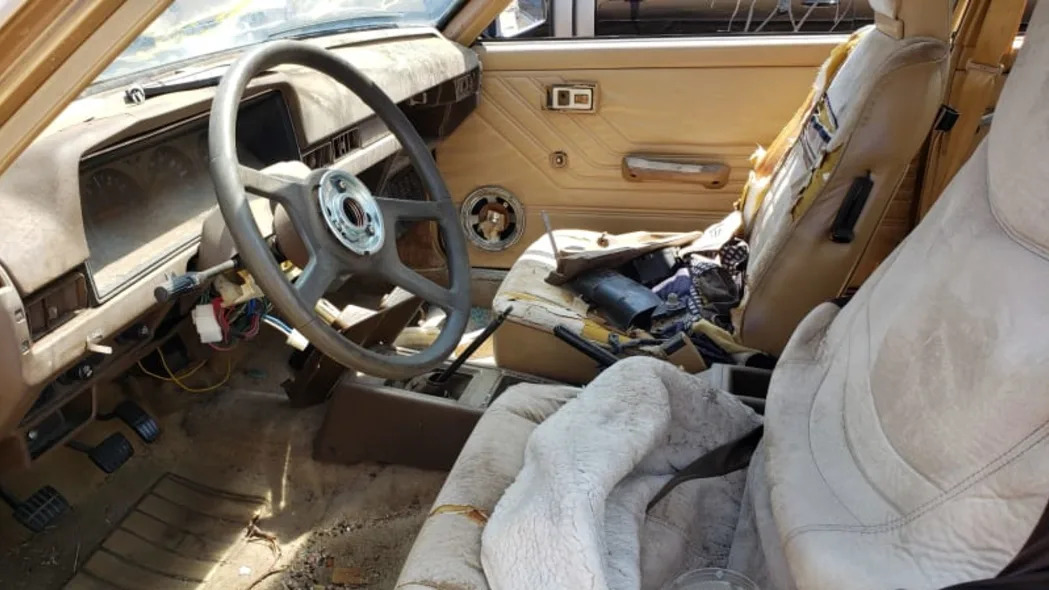
Because the 510 was the first big sales success for Nissan in the United States, most American-market Datsuns had model names ending in the familiar "-10" during the mid-1970s through early 1980s, even when their corresponding Japan-market cars had completely unrelated names and/or internal designations. We got the F-10, 210, 310, 610, 710, and 810 here during this period, not to mention the Violet-based 510. This madness ended when the "Name Is Nissan" era began.

The 310 was based on a car that evolved from the Cherry, itself based on engineering that Nissan acquired when it absorbed the Prince Motor Company in 1966. This engine is a 1.4-liter A14, which made 64 horsepower when new.

To prevent vapor lock and float-bowl boiling, the carburetor benefits from a cooling fan. Cars had so many exciting ways to break down back in 1980, and so many interesting workarounds to the problems of ancient technology.

To give that carb fan fresh air, there's a functional hood vent.
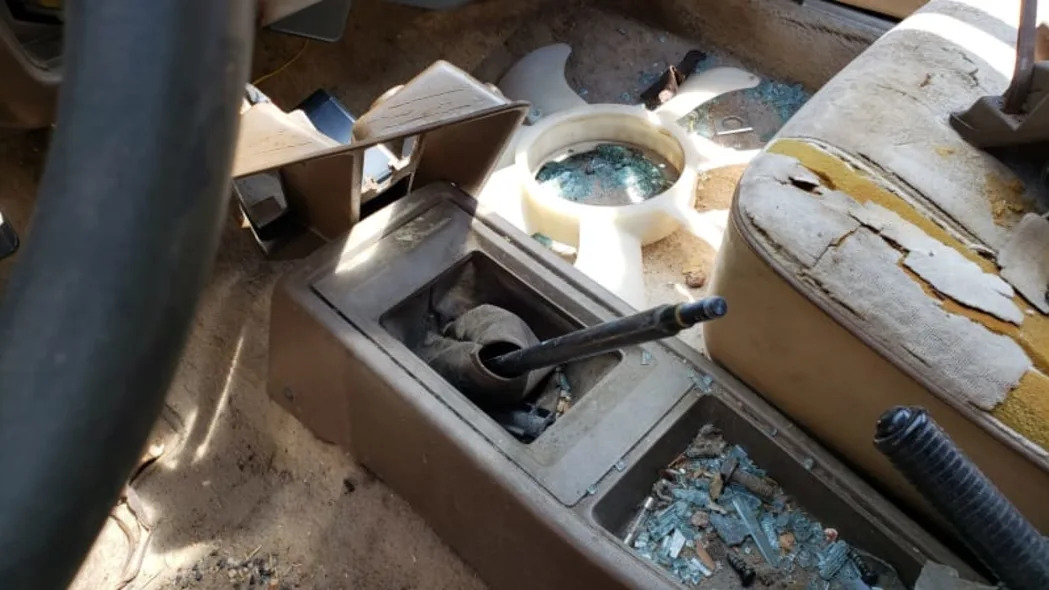
There was no automatic transmission option for the 310 here, which hurt sales. All the US-market 310 Coupes got 5-speeds instead of the four-on-the-floor rigs that went into the 310 hatchbacks.
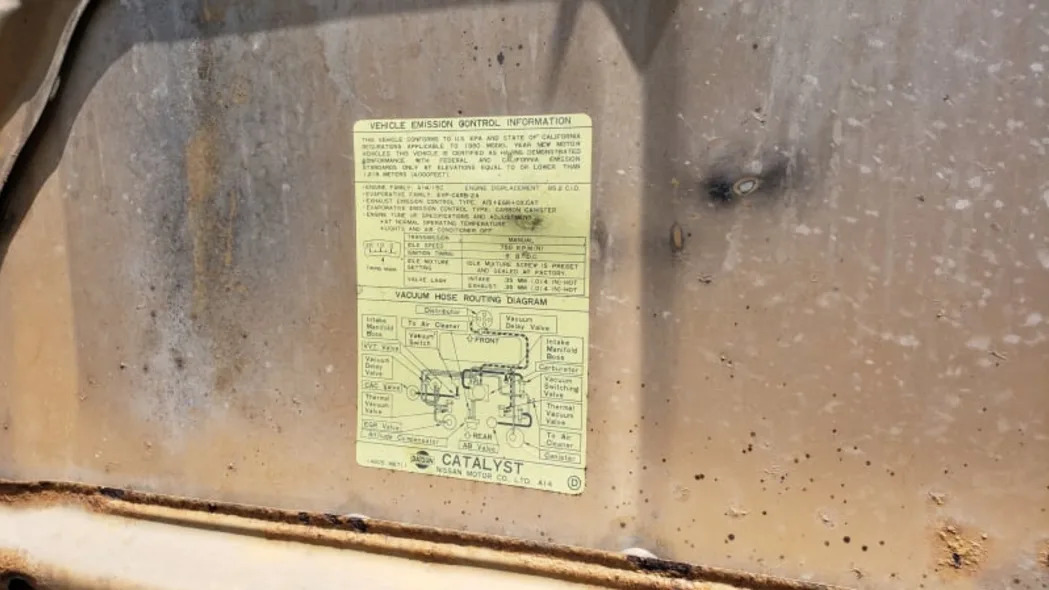
Sold originally as a California-spec car, not certified for use at elevations over 4,000 feet. I'm sure its smog output increased when it arrived in Colorado, even as its engine power dropped due to the thin air.
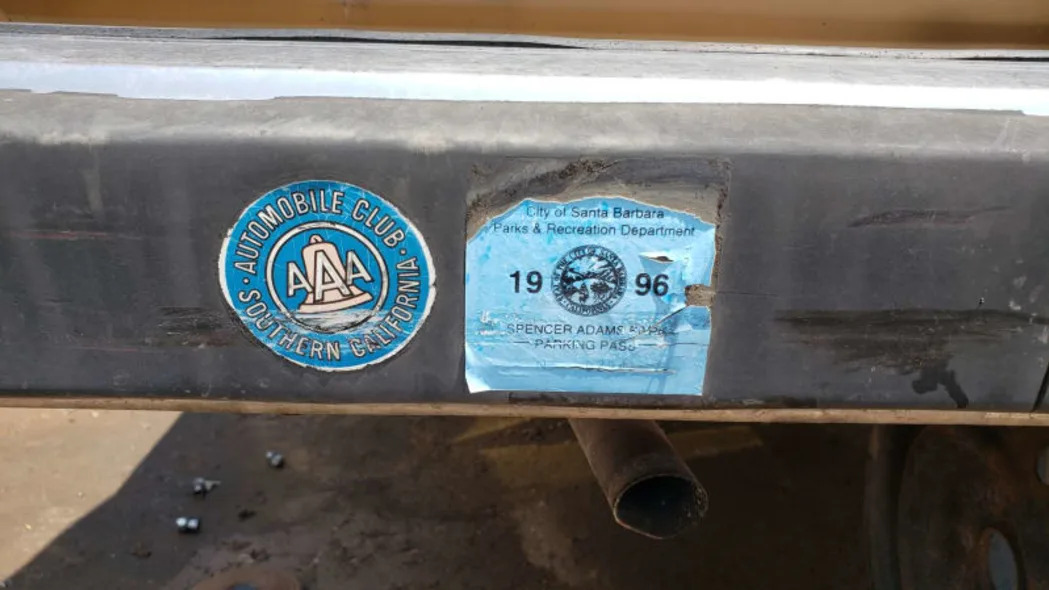
It appears to have been residing in Santa Barbara as recently as 25 years ago.
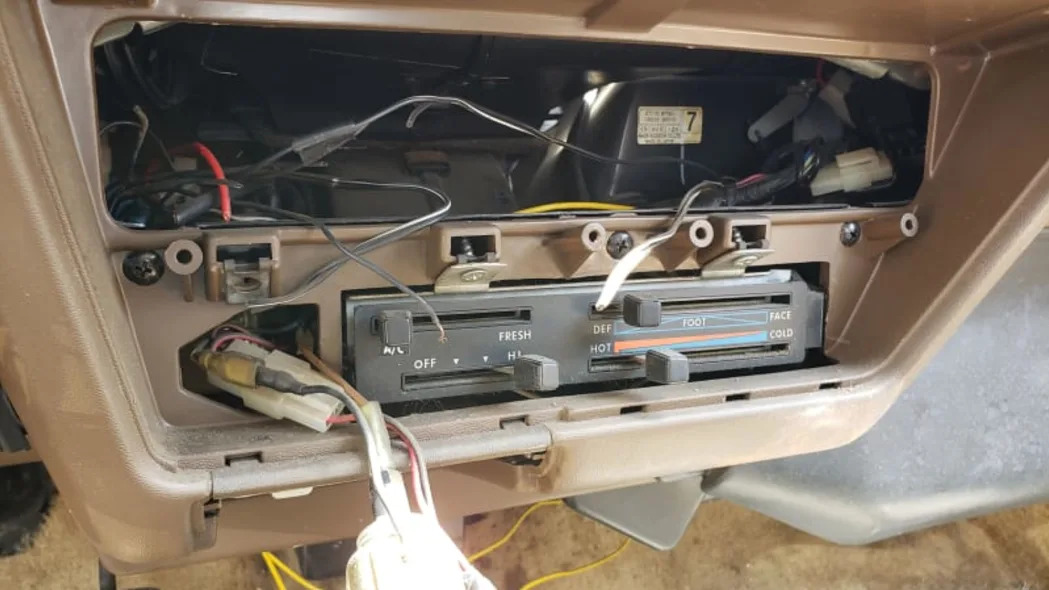
Amazingly (for a car of its era with such a small engine), there's factory air conditioning. I'll bet the refrigerated air added more than 10% to this 310's price tag.
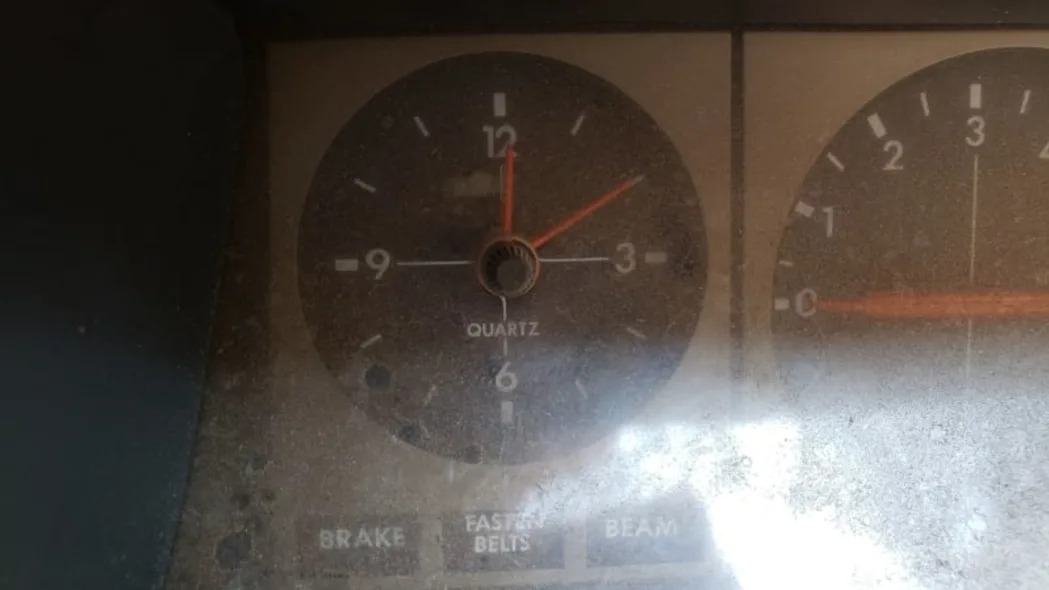
I thought about yanking this cool-looking dash clock for my hoard collection, but the mechanism seemed rusted solid and I left it in the cluster.
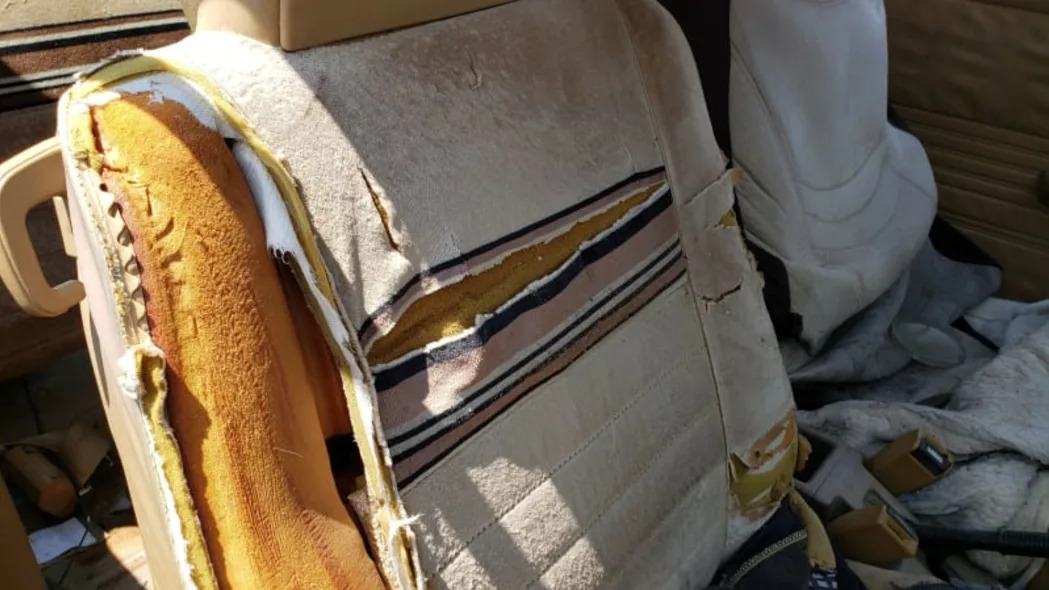
A life spent in sunny California and even-sunnier Colorado took its toll on the once-vivid interior colors. You can still make out the faded Disco Era stripes on the seats, though.
The 310 was pitched as a sensible-yet-stylish machine, sure to be a hit with the ladies. The regular two-door hatchback looked much less snazzy than the coupe.
The four-door hatchback was pitched to buyers traumatized by recent geopolitical events.
The JDM version was loved by Parisian can-can dancers and London rugby players.
Related Video
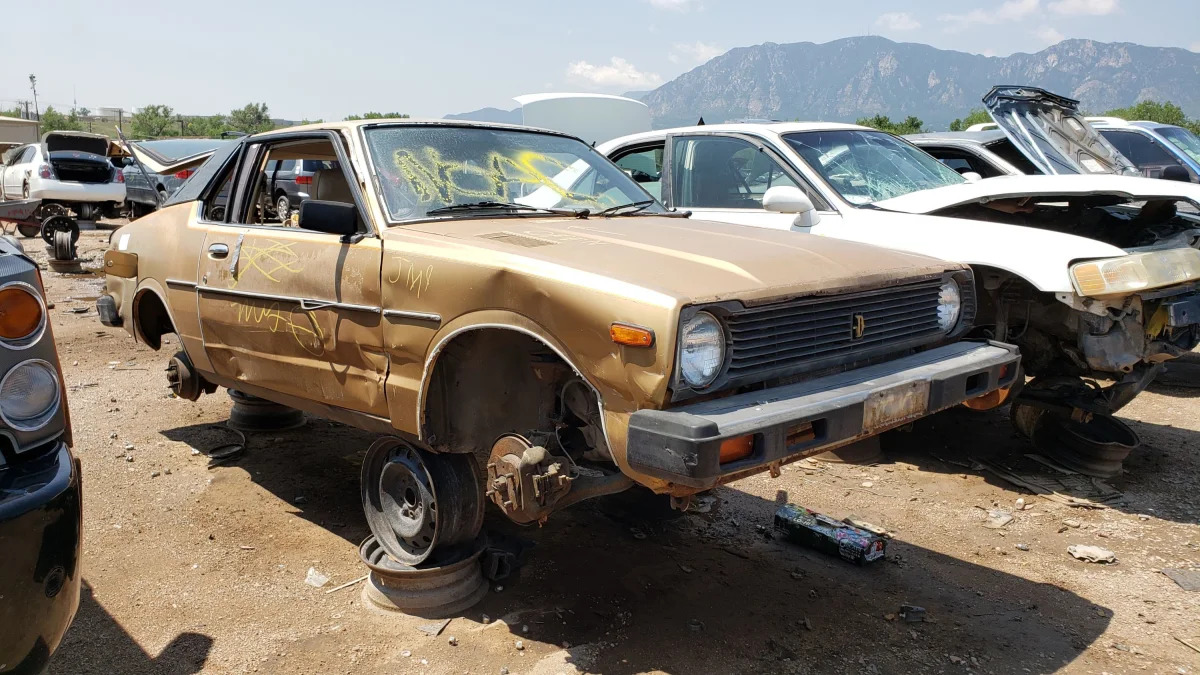









Sign in to post
Please sign in to leave a comment.
Continue